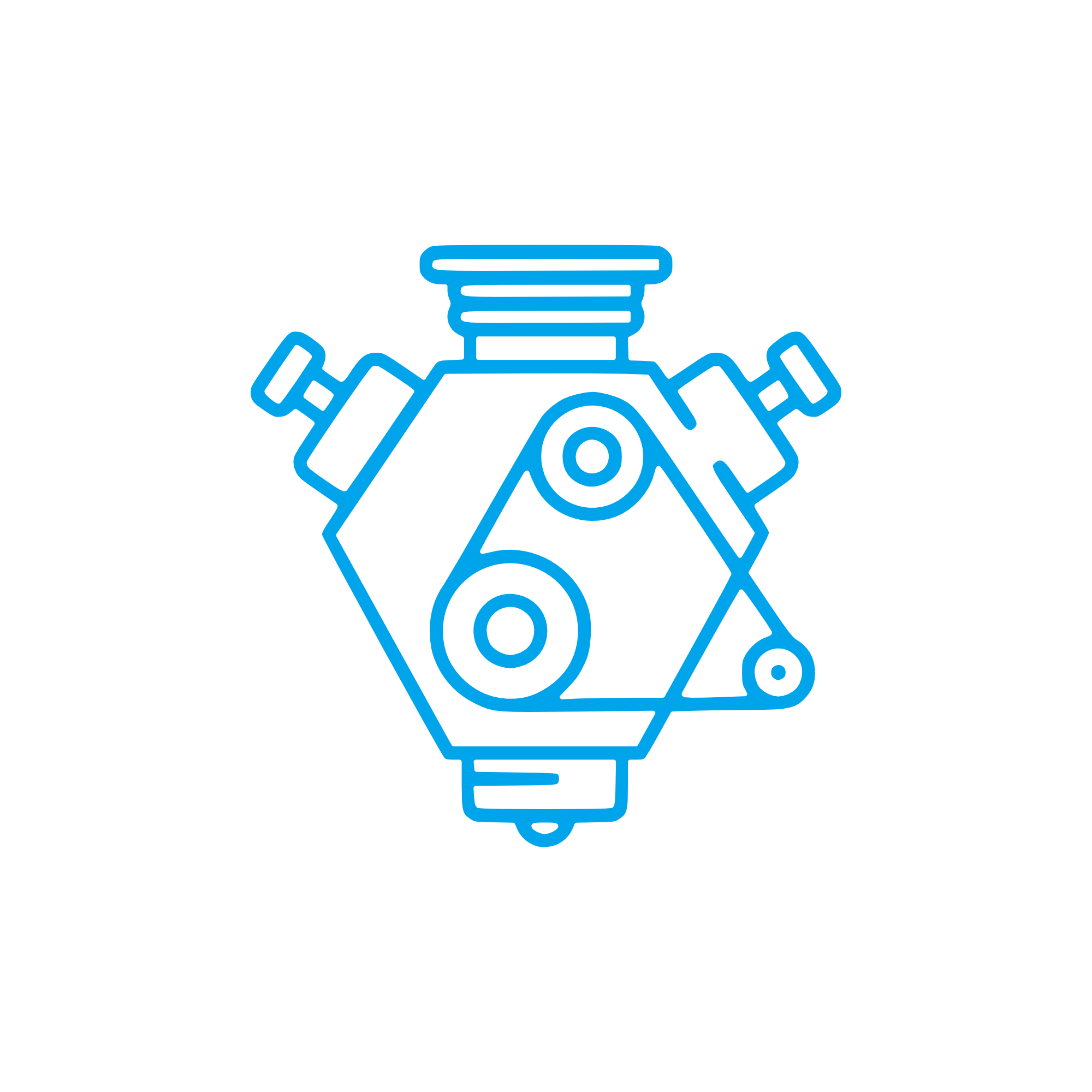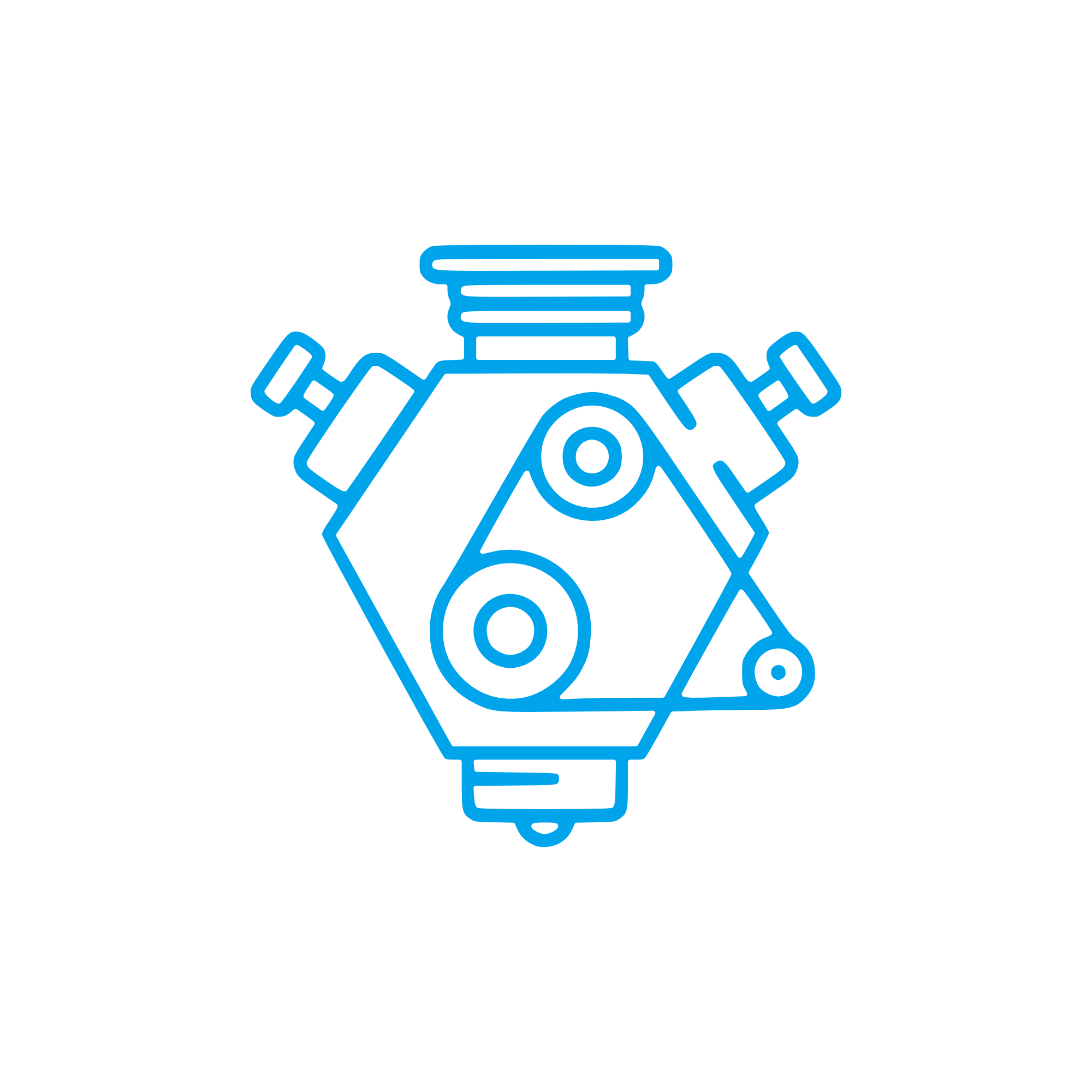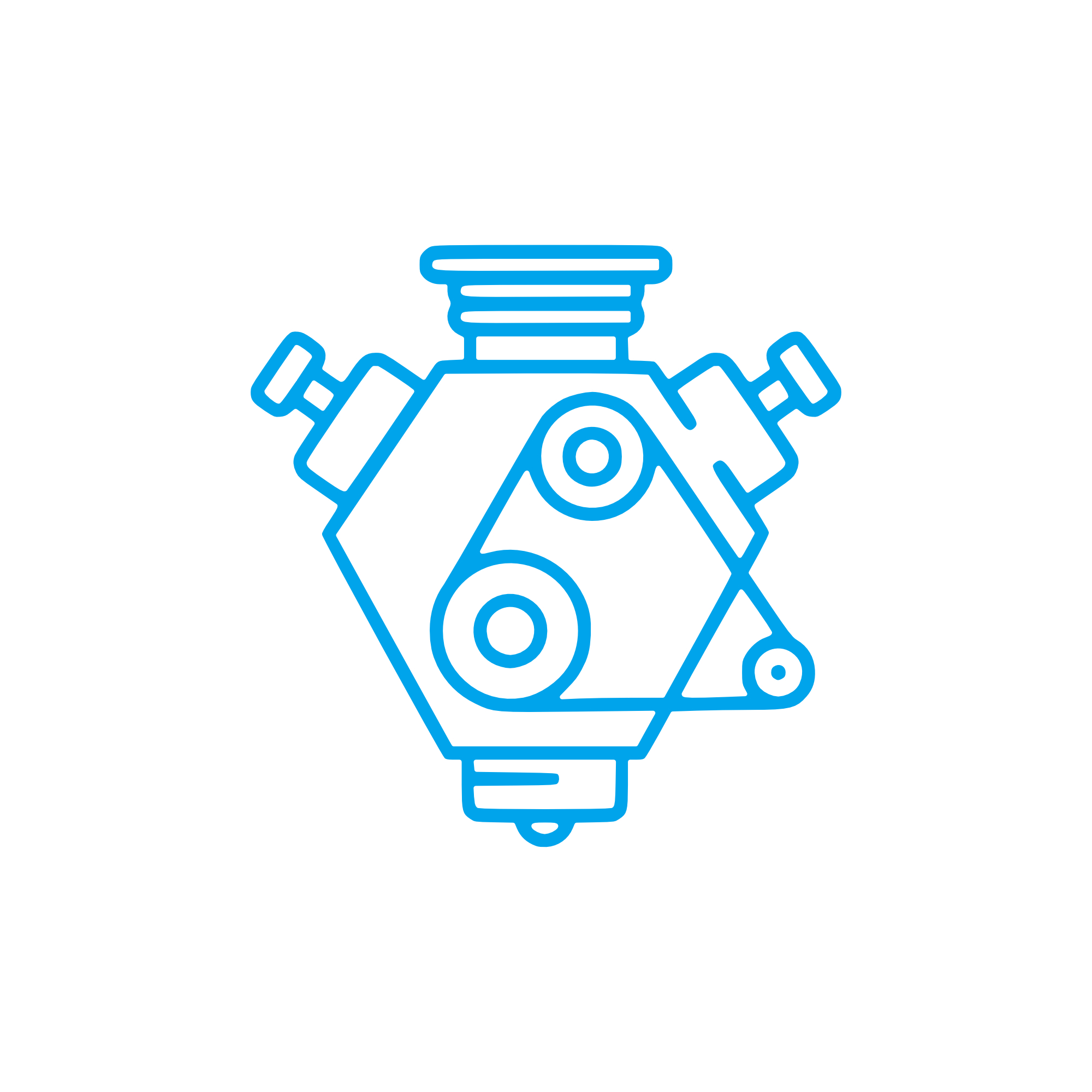CYLINDER JACKET in Engine Drive Components for Marine and Diesel Engines
Engine drive components form the backbone of every power unit, translating combustion energy into dependable mechanical output. Within this category, the CYLINDER JACKET is a foundational element: it surrounds the cylinder bores and liners, channels coolant, ensures structural rigidity, and provides the critical interfaces for the cylinder head and crankcase. In high-duty applications—whether a main marine engine, an auxiliary diesel engine for power generation, or a high-output industrial set—this component underpins stable performance, longevity, and safe operation.
Engine drive components include assemblies that handle loading, alignment, and energy transfer—crankshafts, gears, couplings, and housings—yet the CYLINDER JACKET is the thermal and structural hub that keeps the combustion architecture true. By managing temperature gradients and maintaining precise geometry, it protects pistons, rings, and liners, and helps keep fuel efficiency and emissions within target windows. In short: without a healthy CYLINDER JACKET, downstream drive elements cannot operate at their designed efficiency.
Technical Function of CYLINDER JACKET in a Diesel or Marine Engine
The CYLINDER JACKET is the cast or fabricated block section that forms coolant passages around each cylinder. In a diesel engine or a marine engine, it serves three linked roles: thermal control, structural alignment, and sealing. A well-designed CYLINDER JACKET establishes uniform heat extraction, keeping liner roundness within microns across the full load range. That geometric stability is essential for ring sealing, oil control, and combustion efficiency. It also provides the stiff, accurately machined registers for the cylinder head, liner seats, dowels, and fastening bores—ensuring the entire power assembly stays aligned under high firing pressures.
Specified as CYLINDER JACKET OEM parts, the component typically features rigorously engineered coolant pathways to prevent hot spots and cavitation, corrosion-resistant metallurgy (e.g., high-grade cast iron or CGI), and precision-machined surfaces to accept liners, O-rings, and head gaskets. Its internal galleries and bosses accommodate sensors, coolant manifolds, and lubrication feeds, integrating the jacket into the broader engine drive component system.
Thermal Control and Efficiency with a CYLINDER JACKET (Diesel Engine)
Uniform jacket cooling maintains the optimal liner temperature window, which maximizes ring sealing and minimizes blow-by. Stable temperatures reduce oil coking, limit nitration, and protect piston ring lands during long operating cycles—key advantages for fuel economy and emission stability.
Structural Alignment and Vibration Behavior in Engine Drive Components
Because the CYLINDER JACKET ties the head and crankcase together, its stiffness directly influences bearing alignment and torsional behavior across the drive line. Proper stiffness and accurate line-boring references help avoid secondary losses, bearing wear, and gear mesh issues that raise lifecycle costs.
Sealing Integrity and Safety in Marine Engine Duty
In marine service, jacket-to-liner seals, coolant-to-oil separation, and head gasket clamping must remain robust over long intervals. A correctly specified CYLINDER JACKET for a marine engine resists vibration, thermal cycling, and salt-laden environments, protecting against coolant leaks, combustion gas escape, and contamination events that can trigger unplanned downtime.
Key characteristics of Engine drive components — CYLINDER JACKET
· High thermal stability for round liners and tight ring sealing.
· Rigid structure that preserves head-to-crankcase alignment.
· Optimized coolant passages to prevent hot spots and cavitation.
· Precision-machined seats for liners, O-rings, and head gaskets.
· Corrosion-resistant metallurgy suited to marine engine duty.
· Interfaces for sensors and manifolds to support monitoring.
· Dimensional compatibility with OEM parts across engine families.
· Designed for long service intervals and predictable overhauls.
Importance for Engine Operation and Service Life
The CYLINDER JACKET is critical to reliability because it is the primary control point for cylinder temperature and geometry. If jacket cooling is uneven or flow is restricted, liners can distort, leading to ring flutter, scuffing, and piston seizure risks. Excessive thermal stress may degrade head gasket clamping, producing combustion leaks, oil dilution, or coolant ingress—each a serious risk to bearings and turbochargers. Cavitation erosion at the liner outer wall is another failure mode when coolant flow velocities and chemistry are not properly managed by the jacket design. Over time, misalignment caused by inadequate structural rigidity accelerates wear in bearings and gear trains, undermining the entire engine drive component set and raising fuel consumption and emissions.
Advantages of OEM Spare Parts Suitable for Engine Drive Components (CYLINDER JACKET)
Investing in OEM spare parts for the CYLINDER JACKET safeguards performance, budget, and service life. These parts are built to the engine maker’s drawings, heat-treatment profiles, and tolerance stack-ups—ensuring the liner seats, head bolt bores, and coolant passages align exactly with mating components. That precision translates directly into faster installation, fewer re-machining steps, and lower risk of leaks or distortion after overhaul.
Material integrity and process control are equally important. OEM spare parts use validated metallurgy to resist thermal fatigue and corrosion in long-running diesel and gas engines. Coolant flow geometry and surface finishes are tuned to reduce cavitation, while sealing surfaces deliver stable compression of O-rings and gaskets. The result is predictable temperature control, stable ring sealing, and longer intervals between top-end maintenance—helping operators protect budgets through fewer unplanned stoppages and optimized fuel efficiency.
For operators standardizing fleets, selecting a CYLINDER JACKET OEM parts set for a marine engine or a power-plant diesel engine ensures compatibility across ancillary items—liners, head assemblies, sensors, and coolant manifolds—simplifying spare parts planning and minimizing inventory risk.
MOPA: Your Partner for OEM Spare Parts — Engine Drive Components and CYLINDER JACKET
MOPA is an experienced and reliable partner for OEM spare parts in the Engine drive components category, including the CYLINDER JACKET. We prioritize speed, quality, and security in the trade of OEM parts for diesel and gas engines. Our team supports urgent deliveries, documentation, and traceability, helping purchasers and shipowners reduce downtime with efficient logistics and meticulous packing for global transit. With deep technical insight and a vetted supplier network, MOPA ensures that the CYLINDER JACKET you procure integrates flawlessly with liners, heads, and ancillary systems—so your engine returns to service quickly and with confidence.
Conclusion: CYLINDER JACKET and Engine Drive Components
The CYLINDER JACKET is a cornerstone of Engine drive components, governing thermal stability, structural alignment, and sealing integrity that define engine performance and reliability. Choosing OEM spare parts suitable for the CYLINDER JACKET supports efficient installation, consistent operation, and longer service life—protecting uptime and budgets across marine and industrial fleets.





